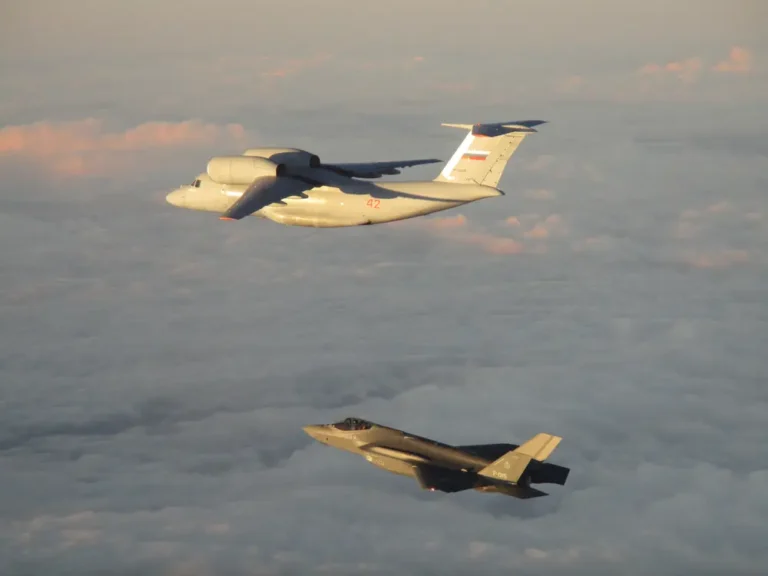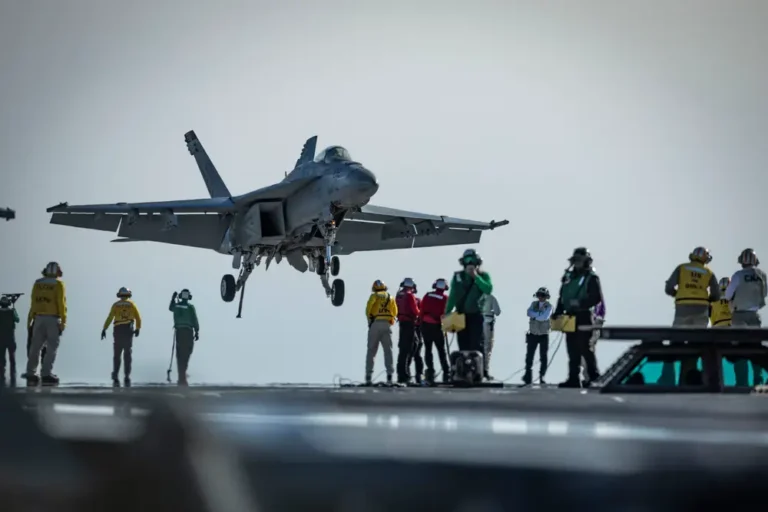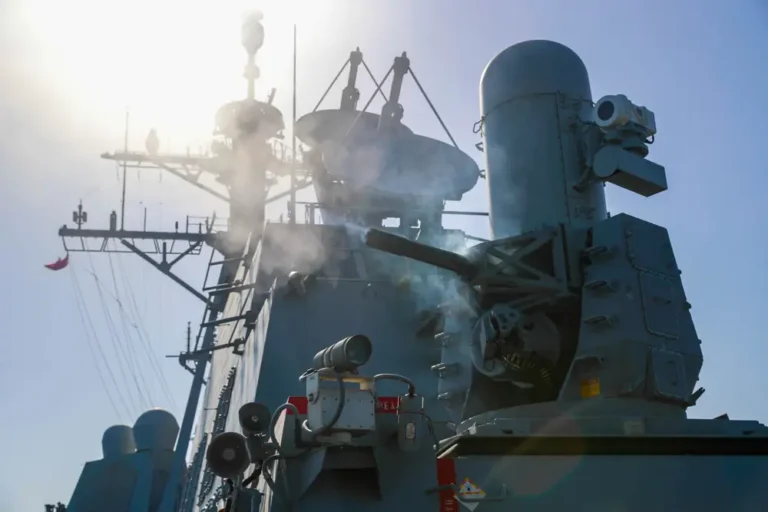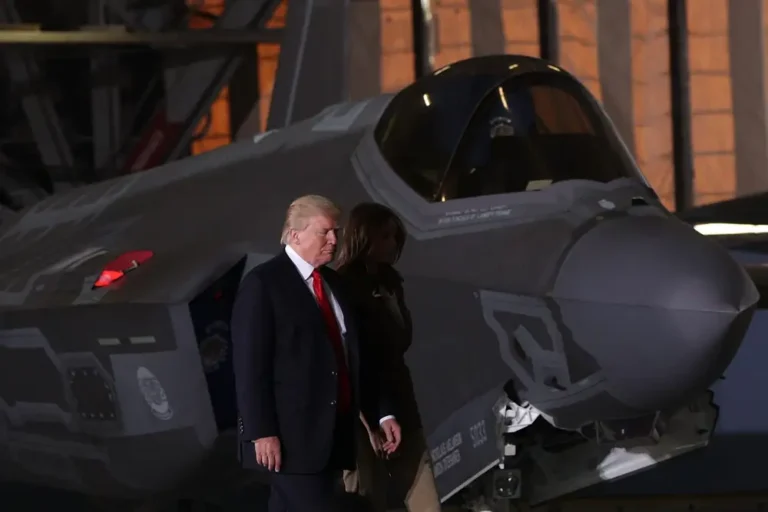The West is finally giving Ukraine a shot at ‘cutting the head off the snake’ rather than making it wait for Russia to strike
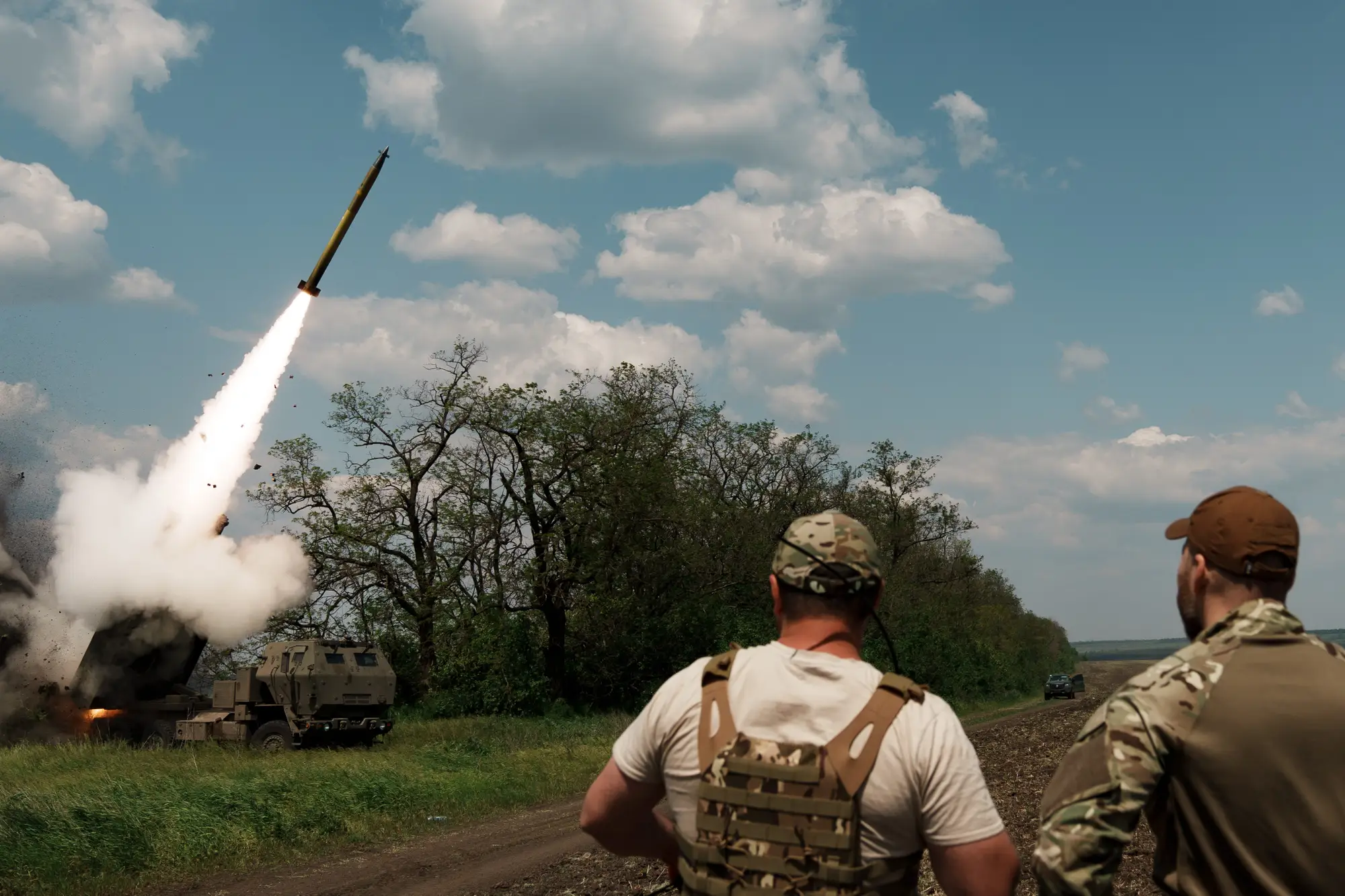
With new permissions giving Ukraine more ways to use its weaponry, including striking into Russia, the West is finally giving it a chance to fight back against Russia properly, experts say.
From the start of Russia’s full-scale invasion in February 2022 until recently, Ukraine had been forbidden by partner nations from using Western weaponry for attacks on Russian territory.
Those restrictions, which Russia fights without, put Ukraine at a serious disadvantage. Russia launches many of its drone and missile attacks from within its own borders, and it amasses troops and equipment at home for offensive pushes into Ukraine.
But for a long time, Ukraine could only turn to options like long-range drones to go after targets in Russia. It’s scored impactful hits on airbases and other targets, but not in the way it could with more dedicated weaponry.
Col. Hamish de Bretton-Gordon, a former commander for UK and NATO Chemical, Biological, Radiological and Nuclear forces, told us that the restrictions on Ukraine were “ridiculous.” The West was “giving so much advantage to the Russians,” he said.
Other analysts have described it as Ukraine having to fight with one hand tied behind its back.
But many of Ukraine’s international partners changed their stance, announcing in late May that the war-torn country could use the weapons they supplied to go after many military targets on Russian soil.
There are still some restrictions, such as the US rules on its Army Tactical Missile Systems (ATACMS), but Ukraine finally receiving the permission to at least use some weapons on targets in Russia, de Bretton-Gordon said, is giving it a shot at “cutting the head off the snake.”
Ukraine can now fight
The changes mean Ukraine’s forces can target Russian air defenses in Russian territory, as well as some of the aircraft and other weapons systems that fire at them, eliminating the source rather than trying to intercept missiles and drones once they are already in the air.
De Bretton-Gordon noted that many Russian missile and drone attacks are launched from Russia itself. “If you can’t actually attack them before they take off, you are already 10-nil down.”
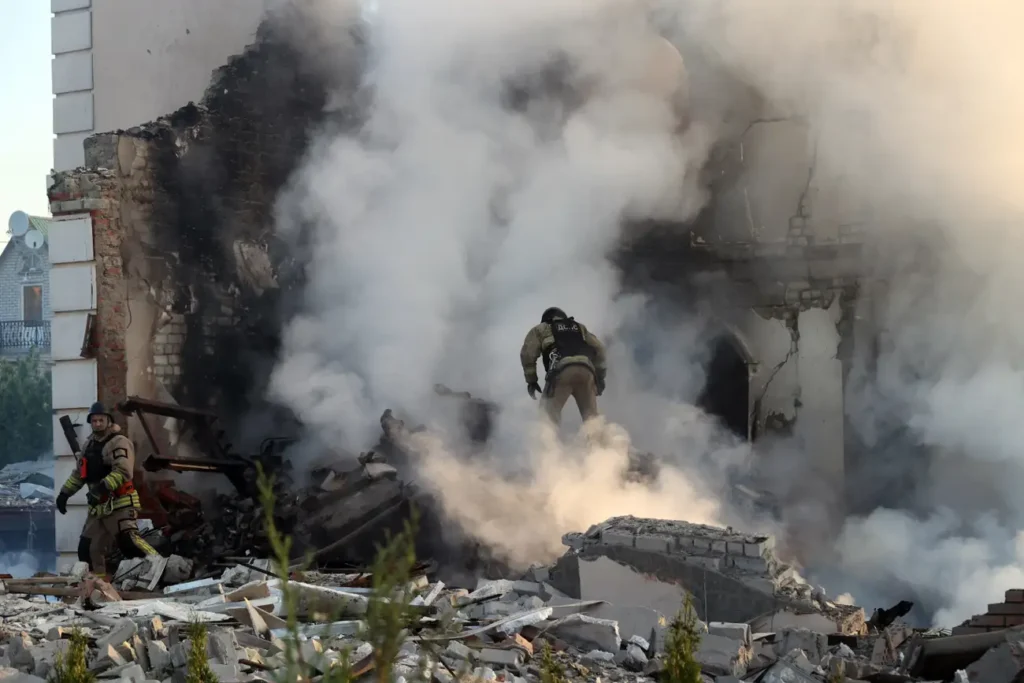
Rescuers work at a house in Kharkiv after a Russian missile attack.
George Barros, a Russia analyst at the US-based Institute for the Study of War (ISW) think tank, said the change should be a big one for Ukraine’s effectiveness.
“I think over the last two years, analysts thinking about Ukrainian capabilities on the battlefield have largely been constrained by certain assumptions,” he said. “One key thing was that the battle lines in Ukraine really can’t improve all that much because Ukrainians can’t do combined arms warfare effectively.”
There have been some institutional challenges within the Ukrainian military that have hindered such operations, but it’s also been hamstrung by a lack of air support for ground forces.
Barros said Ukraine can start taking out Russian missile and air defense systems, helping Ukraine’s air force, including its F-16s when they arrive, and its troops on the ground advance in ways they have not previously been able to.
A Russian soldier launching missile attacks at Ukrainian positions.
With Russia’s border areas no longer safe, it may need to withdraw its weapons systems back farther away from Ukraine, reducing the ability to strike into it. It also increases the strain on other parts of the Russian armed forces.
Philip Ingram, a former British Army intelligence and security officer, said before some of the restrictions were lifted, “the Russians could bring their air defense forces, they could bring the logistic dumps, they could bring their command and control almost right up to border, knowing full well that Ukrainians weren’t allowed to use anything across the border.”
“Now that that has been changed, the Russians are having to move that back,” he said.
Professor Michael Clarke, a Russia and Ukraine expert and a British national security advisor, said “the ability to use multiple launch rocket systems on Russian territory — and F-16s when it comes to it, that, I think, will have a growing effect.”
But there are still limits still holding Ukraine back.
The US still won’t let Ukraine hit deep into Russian territory to reach military targets there, meaning Ukraine can’t use long-range weaponry like ATACMS to hit where some of Russia’s attacks are still coming from. Instead, Ukraine has had to turn to some homemade options, such as its Neptune missiles, anti-ship weapons modified for land attack, or its long-range drones.
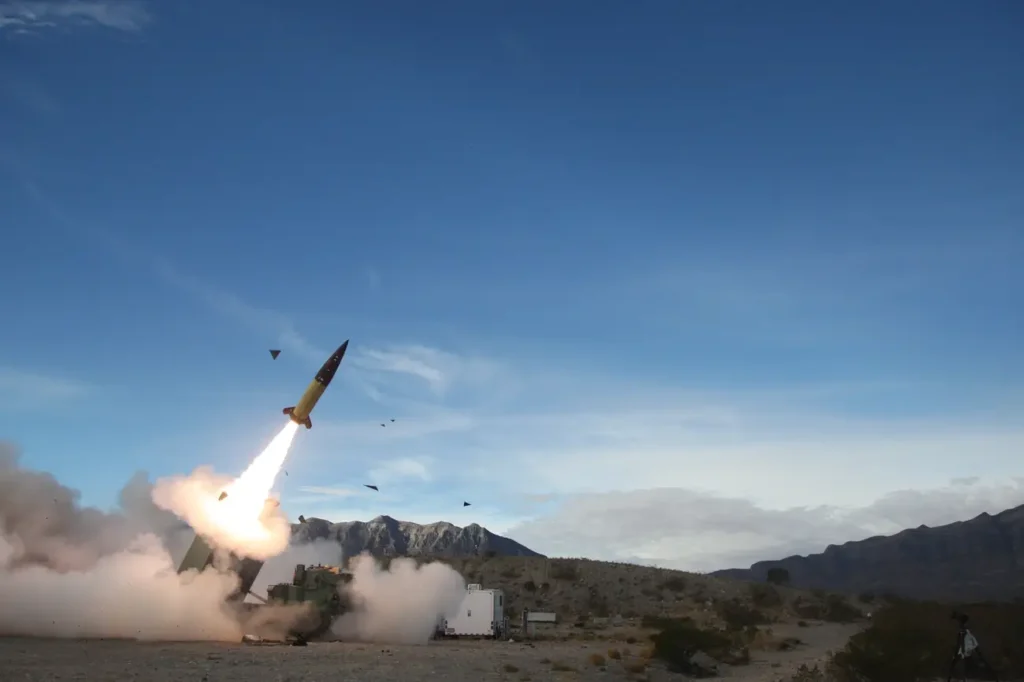
An Army Tactical Missile System during live-fire testing.
Ukrainian President Volodymyr Zelenskyy said Sunday that Ukraine’s partner nations should further relax restrictions on hitting military targets in Russia, saying the remaining limitations make it hard to stop Russia’s deadly glide bomb attacks, which are launched from jets out of reach by warplanes like Russia’s Su-34 fighter-bombers.
He said that Russia had dropped more than 800 glide bombs in Ukraine over the past week alone.
“Ukraine needs the necessary means to destroy the carriers of these bombs, including Russian combat aircraft, wherever they are. This step is essential,” he said.
ISW said in a June update that many major Russian airbases are within range of ATACMS, which Ukraine can’t use, but out of range of Ukrainian weaponry that it is permitted — which allows Russia to keep using those bases to launch attacks without answer.
But even as Ukraine is requesting more freedom with how it engages Russia and uses Western weapons, the relaxation of other restrictions has so far yielded meaningful results, experts told us.
Helping in Kharkiv
Experts and Ukrainian officials say the new rules have already made a difference in Kharkiv even though it’s been less than a month since they changed.
Russia initiated a new offensive against Kharkiv on May 10, launching deadly missile attacks and slowly pushing its military forward. But Russia’s attack tempo has slowed since Ukraine’s permissions changed at the end of May, and the Russian ground operations have slowed as well.
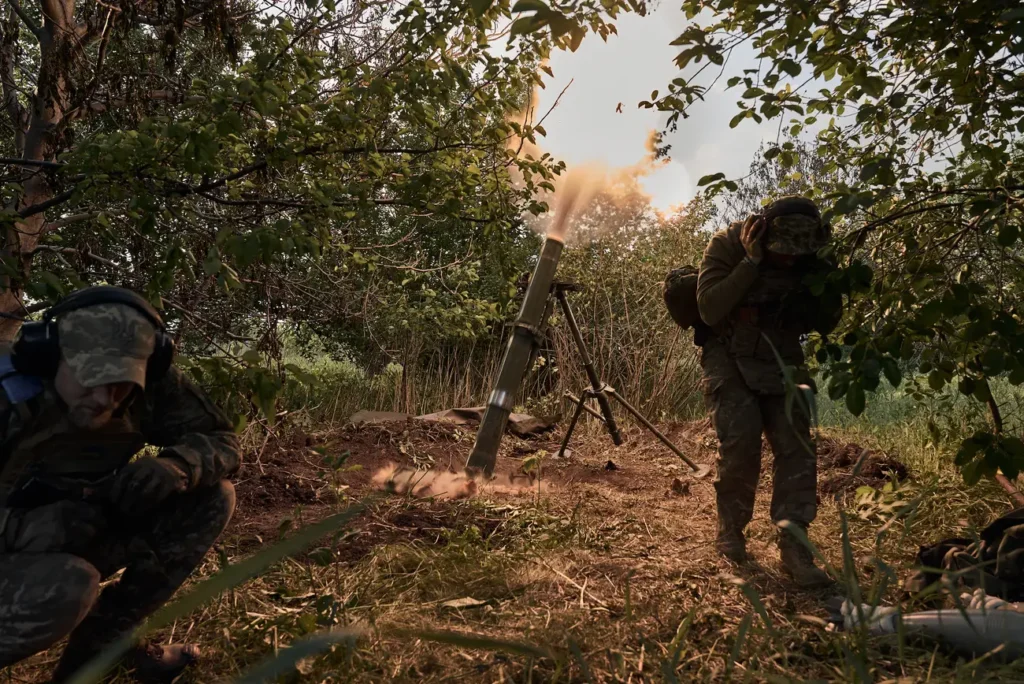
Ukrainian soldiers defending the front line in the Kharkiv region in May 2024.
Barros said that Ukraine has already made a “positive difference” since the recent change in engagement permissions. He said Ukraine has, for instance, been using Western weaponry to hit Belgorod, a Russian region close to Kharkiv.
“They’ve actually helped blunt the Russian offensive at the heart,” he said, adding that the Ukrainians have been able to launch “small tactical counterattacks.”
Ingram agreed, saying that in Kharkiv, Ukraine’s new permissions have “made a huge difference. Absolutely huge difference.”
The ability to strike into Russia was particularly important for Ukraine as the fighting took place near Russia’s border, where attacks were launched and fresh troops and supplies could be rotated in with Ukraine unable to answer. Ukraine now has a response, though its military continues to face tremendous pressure from the much larger and relentless Russian military.
Cancian said the US was willing to give permission for combat action in the border areas near Kharkiv because Russia’s “rear services and their artillery are still in Russian territory. And if the Ukrainians could not attack those, then they would be at a severe disadvantage.”
He said Russia has also reportedly moved some of its air defenses from Crimea, a Ukrainian peninsula region it occupies, to protect Belgorod. He described that as “very important.” If Ukraine can force Russia to do that in more places, Russia’s command is left with tough decisions about what to protect and how.
Permissions are not the sole factor, though. Ukraine’s intelligence, surveillance, and reconnaissance picture matters as well, determining the effectiveness of its strikes. The US has helped with targeting in the past, but it remains uncertain to what extent it will engage in this endeavor. Regardless, the Ukrainians have seen successes.
A Ukrainian artillery commander told the Associated Press recently that Ukrainian US-made High Mobility Artillery Rocket Systems started firing in the Kharkiv region as soon as Ukraine got the new permission and in the first days “managed to destroy whole columns of troops along the border waiting for the order to enter Ukraine.”
And two Ukrainian officials also told The Washington Post that some Russian attacks had been reduced in that region since the new permissions came in. The AP reported that Ukraine’s new operational permissions had “greatly slowed Russia’s momentum” in Kharkiv.

